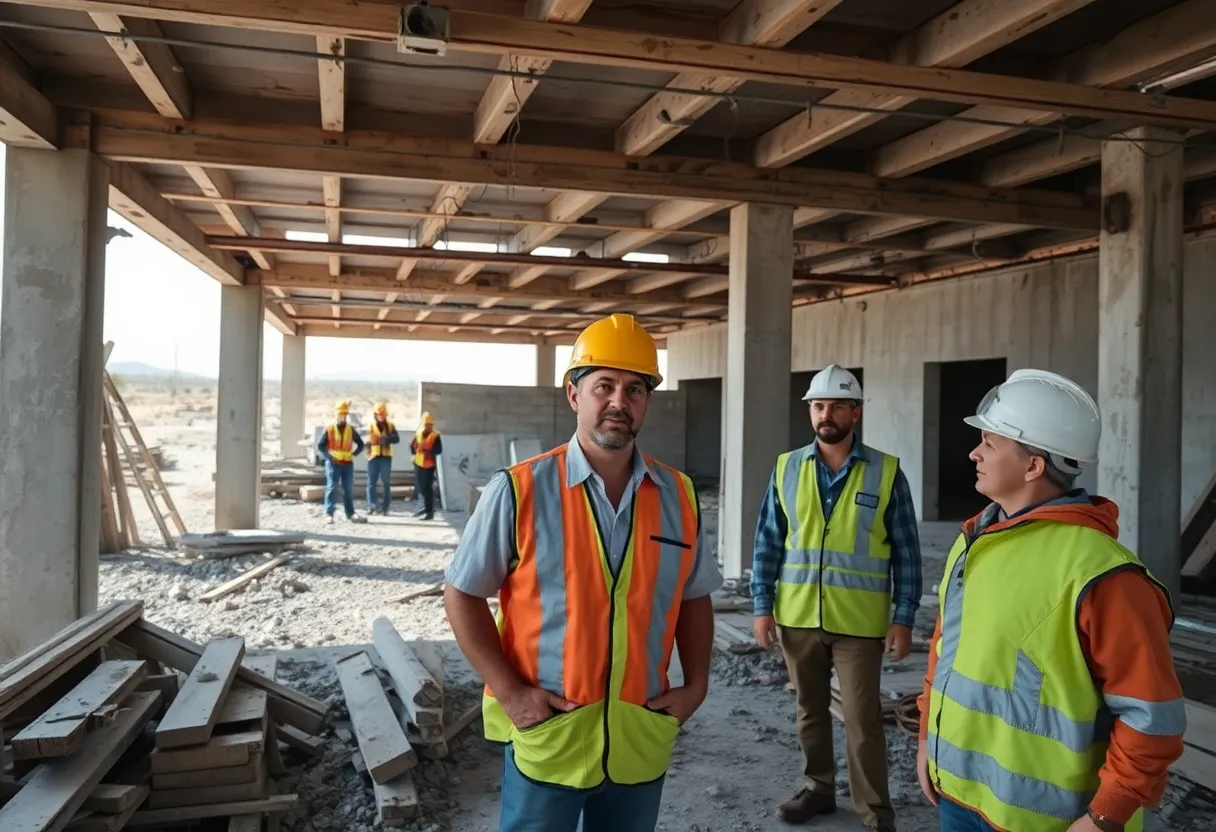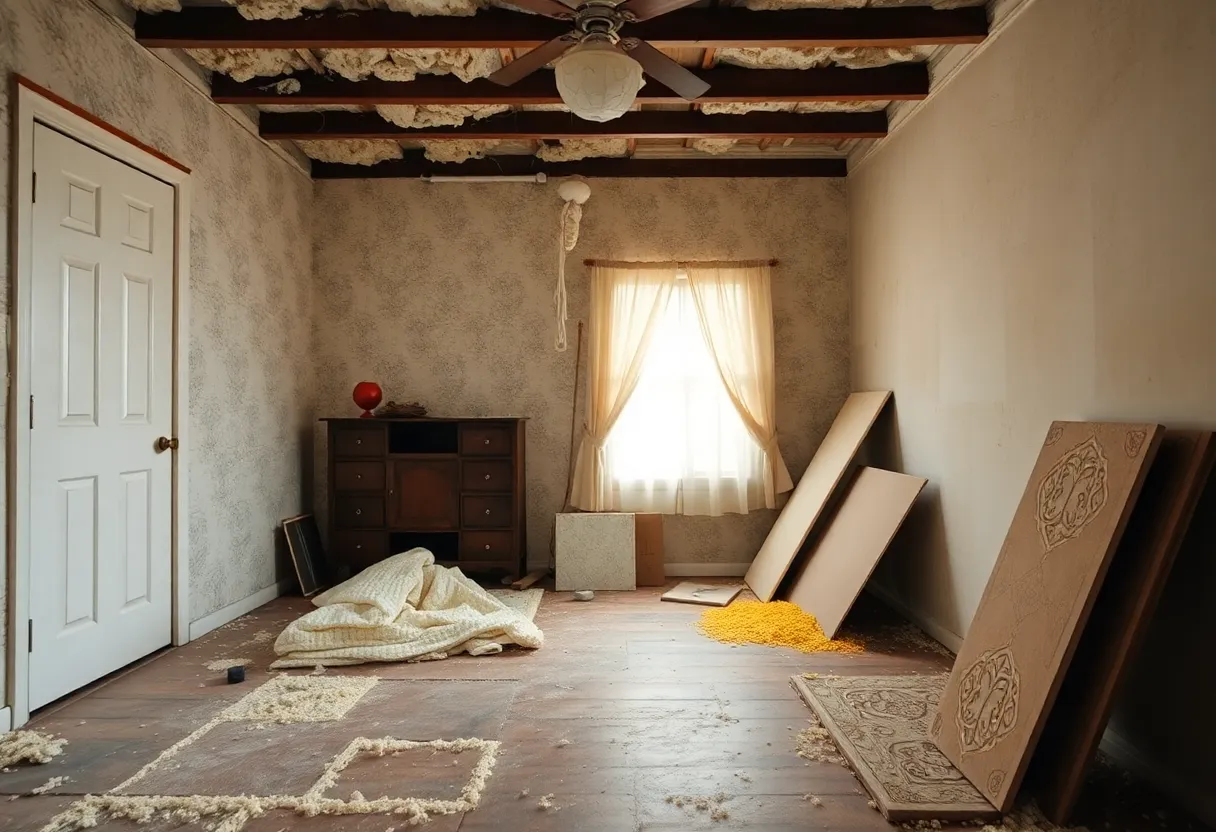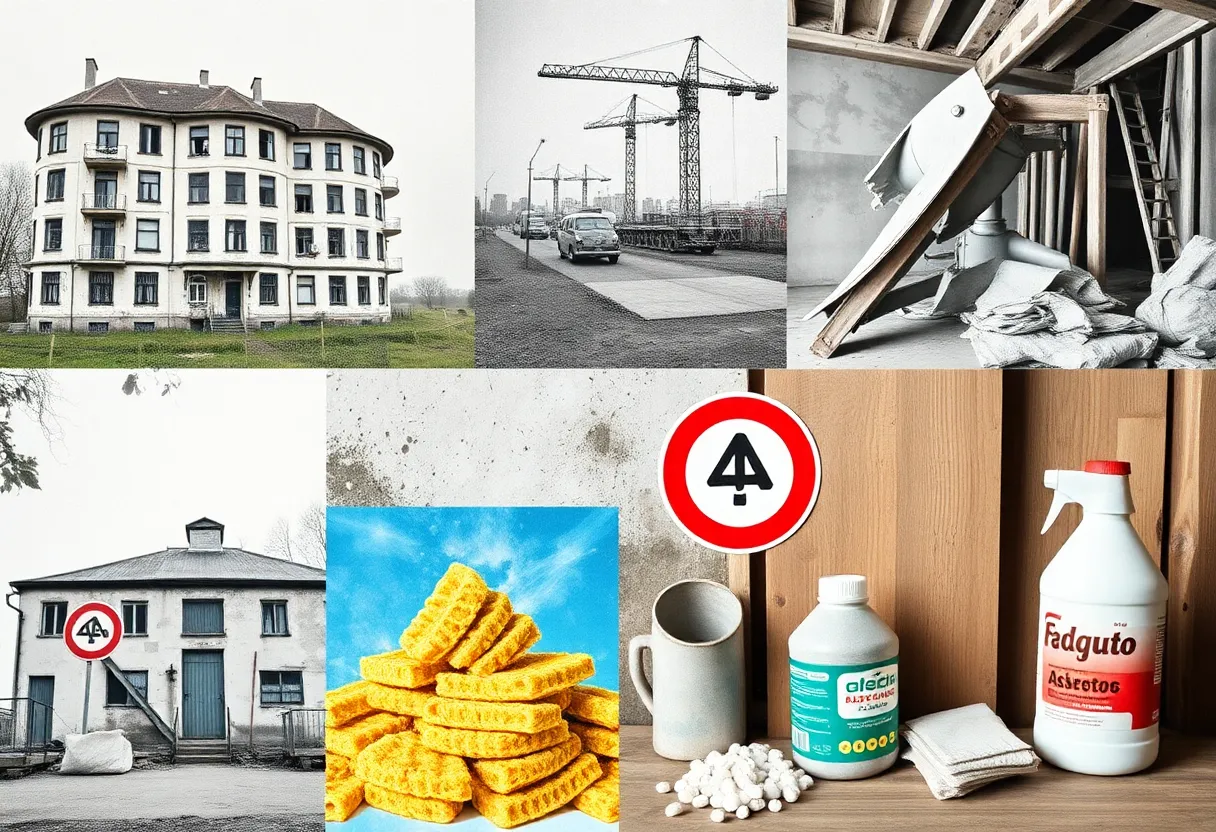News Summary
Arizona’s Gila Valley faces health consequences from historical asbestos exposure among retired builders, leaving lasting impacts on families and communities.
The Dangerous Legacy of Asbestos in Arizona’s Gila Valley
The construction industry in Arizona’s Gila Valley carries an alarming legacy that still affects retired builders decades after their careers have ended. Many of these retired tradespeople face dire health consequences resulting from occupational asbestos exposure that predates the implementation of modern safety regulations. The pervasive use of asbestos in building materials across Arizona was largely due to its desirable properties as a fire-resistant and insulating material, but these benefits came at a heavy price.
A Hidden Hazard
Throughout the mid-20th century, construction workers routinely handled materials such as insulation systems, roofing shingles, vinyl flooring, and joint compounds without any awareness of the potential health risks posed by asbestos. The most significant period of exposure occurred between the 1950s and the 1980s, coinciding with a construction boom in Arizona. Towns such as Safford and Thatcher saw rapid development, leading to widespread use of asbestos-containing products.
Unfortunately, the boom in construction activities went hand-in-hand with a lack of protective regulations. Builders unknowingly installed numerous products containing asbestos during this time, unknowingly releasing microscopic fibers that workers would inhale daily. As the Gila Valley underwent significant growth, schools, hospitals, and residential neighborhoods sprang up, and the construction workforce was often left unprotected from toxic exposure.
Long-Term Consequences
Asbestos-related diseases are infamous for their lengthy latency period, which can last anywhere from 20 to 50 years. That means many retired builders are only now receiving diagnoses for serious conditions like mesothelioma, lung cancer, and asbestosis. The early symptoms of these diseases often mimic the expected signs of aging, such as shortness of breath and a persistent cough, which can result in significantly delayed diagnoses.
Many retired construction workers recounted experiences of cutting asbestos tiles and working in poorly ventilated environments, causing constant exposure to harmful fibers. As treatment options become limited once symptoms persist, the importance of early detection cannot be overstated.
The Emotional and Financial Burden
The ramifications of asbestos exposure reach beyond the workers themselves. The emotional and financial toll often extends to their families, as spouses and children can become exposed to harmful fibers through contaminated work clothing. Recognizing that they may have been exposed to asbestos, it is essential for retired builders to seek specialized medical screening without delay.
Current Regulations and Future Considerations
For today’s construction professionals, strict regulations are now in place that include the use of protective equipment, proper disposal procedures, and hazard recognition training. These measures aim to prevent the reoccurrence of such exposure incidents. Current workers must remain vigilant to protect themselves and future generations from the same fate as their predecessors.
A Broader Context of Asbestos Exposure
Arizona ranks within the top 60% of states for cases of asbestos-related cancers, most notably mesothelioma. The state is rich with significant deposits of chrysotile asbestos. Even those who did not engage directly with asbestos products may have been exposed due to proximity to these natural deposits, further amplifying the problem.
The Environmental Protection Agency classified asbestos as a toxic substance in 1970, following decades of industrial exposure leading to severe health issues. As Arizona’s mining industry thrived from the late 1800s through the mid-1900s, it left a lasting impact on the health of workers and ordinary residents alike. In recent years, nearly 500 Arizona residents have succumbed to mesothelioma, predominantly due to asbestos exposure.
Legal Considerations
Historically, asbestos exposure sources extended beyond mining. Other industries, such as manufacturing and construction, similarly contributed to the issue. Prominent Arizona industries linked to asbestos exposure include Phelps Dodge Copper Mine, Magma Copper Company, and the Yuma Marine Corps Air Station, which has faced its challenges with contamination.
It’s crucial to recognize that individuals have two years to file personal injury or wrongful death claims related to asbestos exposure under Arizona’s statute of limitations. With a significant public health crisis still unfolding, increased awareness and stringent preventive measures could protect future generations while honoring the sacrifices made by retiring builders.
The dangerous legacy of asbestos in the Gila Valley serves as a critical reminder of the hidden industrial hazards that can impact entire communities. Proper medical screening, community support, and education on safety regulations are vital tools in preventing future tragedies related to this insidious substance.
Deeper Dive: News & Info About This Topic
HERE Resources
Philadelphia School District Faces Heavy Scrutiny Over Asbestos Management Practices
London’s Asbestos Crisis: A Call for Comprehensive Action
Federal Probe into Asbestos in Schools Raises Concerns
Cayuga County Office Building Faces Asbestos Crisis
Asbestos Concerns Loom Over Philadelphia Schools Amidst Ongoing Federal Investigation
Massive $38 Million Award in Asbestos Case Stuns Industry
New Research Reveals Asbestos Exposure Link to Mesothelioma
Soaring Complaints Highlight England’s Housing Crisis
Pending Asbestos Report Delays Renovation Decision for Historic Lancaster Building
Philadelphia School District Delays Crucial Vote on DOJ Agreement Over Asbestos Concerns



















